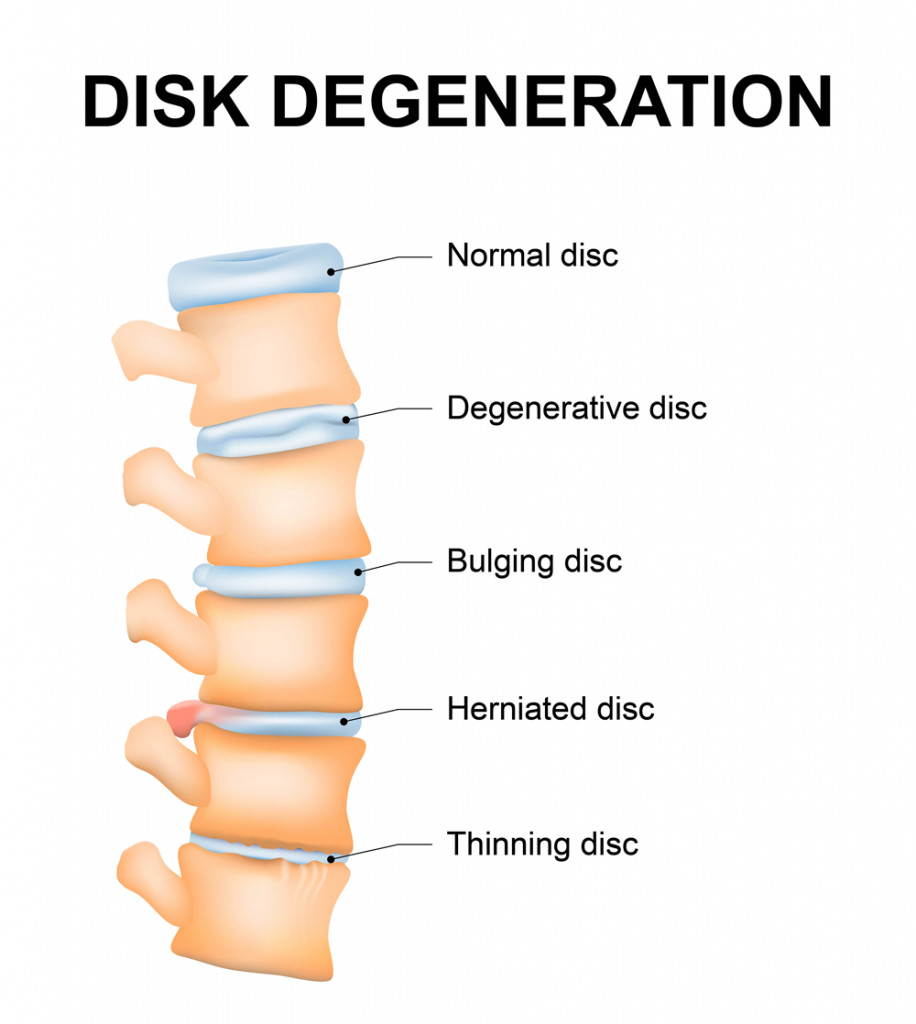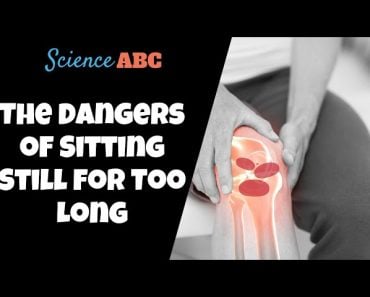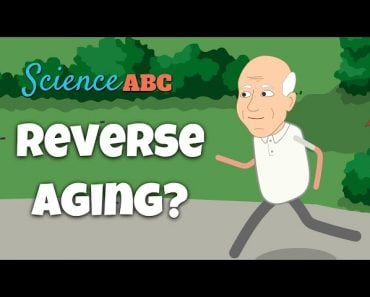Older people in our lives often seem to get shorter with age. This usually happens because of the vertebral discs in the spinal cord coming closer together, but there are other reasons that can contribute.
We have a family tradition where each year, on New Year’s Eve, we sit down and go through old albums. I don’t know who came up with it, but I enjoy it deeply. This year, when we were doing this annual ritual, I noticed that my grandmother looks shorter now than in pictures from when she was younger.
Of course, it’s just “old age”, but it’s intriguing to question what exactly happens to make us get shorter over time.
Recommended Video for you:
Does Our Height Decrease With Age?
The unfortunate answer is “yes”. The height that most of us flaunt during our teens and twenties suddenly decides to leave us behind as we get older. As we age, our height tends to decrease, so we see our parents and grandparents “shrinking”.
This loss in height is observed in both males and females and across continents. Aging is universal; so too is our gradual reduction in height.

People typically begin losing their height around the age of 30 years (sometimes even 40 years). Every ten years after this age, humans lose almost one centimeter, which roughly translates to about one half of an inch. Thus, we may lose somewhere between 2.5 to 7.5 centimeters (1 to 3 inches) of our height as we age.
This decrease in height also accelerates with age: the older a person gets, the faster they lose their height.
Differences In The Reduction Of Height For Males And Females
Men and women lose height differently. Women lose more inches as compared to males of the same age. It is not just more inches… women also lose height more rapidly than men. Moreover, women lose height more quickly after menopause.
The cumulative loss in height beginning from the age of 30 to 70 years was an average of 3 cm for men. However, the same value for women was 5 cm. However, by the age of 80 years, this value changed to 5 cm for men and 8 cm for women.

Research published in the American Journal of Epidemiology concluded that the height of men and women decreased with age in both cross-sectional and longitudinal analyses. The difference in heights due to sex were not evident during cross-sectional studies. However, it became clearly evident during longitudinal studies that the women lose their height more rapidly as they age, as compared to men.
Also, interestingly enough, for men, the rate of height loss depends on their initial height. This implies that taller men lose height more rapidly. However, this does not apply to women, the study found.
Reasons For Decrease In Height
The length of leg bones, the spine, and the skull determine the height of a person. These normally attain their maximum length by the end of adolescence, after which one’s height does not increase. During our ‘adult phase’, the length of the leg bones and skull remain pretty much the same, but the spinal bones tend to play a role in the reduction of height.
Our spine is made up of 24 bones, each called a vertebra. These are stacked one above the other and stretch from the back of our neck to our waist. Between each vertebra is a gel-like cushion called a disc. These vertebral discs play an essential role in maintaining our posture. Being cushion-like, they act as shock absorbers and give the back flexibility.

Reason 1
With age, the gel-like fluid depletes, causing the vertebral discs to become thinner. As this happens, the vertebrae come closer together, which leads to a person’s reduction in height. Furthermore, as a result of this fluid loss, the back becomes increasingly rigid as we age.

The vertebrae may also lose some of their mineral content, making them thinner and smaller in size. The long bones of the limbs also lose their mineral content, but they don’t change their length.
Reason 2
The ligaments of the foot start degenerating with age. This arches our foot down. As the foot becomes flatter, our height may reduce slightly. However, this effect is not as pronounced as the change caused by the vertebral discs.
Reason 3
The body loses its lean mass muscle with age due to, in part, atrophy or loss of muscle tissue. This condition, technically called sarcopenia, is age-related loss of muscle. The muscle fibers shrink and are replaced at a slower rate. This muscle loss is most prevalent in the torso, making us look even shorter.
Can Anything Be Done To Stop This Reduction In Height?
Nothing can really push the stop button, but we can decelerate this change. Some habits and lifestyle changes can reduce the decrease in height by an inch or two.
- Exercise: This is, by far, the best way to reduce problems related to bones and muscles, and thus indirectly influence your height. A moderate amount of mild exercise should be encouraged.
- Good diet: A diet rich in calcium and Vitamin D helps maintain the bones and compensates for the mineral loss by the vertebrae.
- Smoking and drinking excessive amounts of alcohol or caffeine must be avoided.
A little decrease in height with age is inevitable. It cannot be stopped, but it can be slowed down through appropriate diet, regular exercise, and general avoidance of alcohol, tobacco, and caffeine.
References (click to expand)
- Aging changes in the bones - muscles - joints - MedlinePlus. MedlinePlus
- Sorkin, J. D., Muller, D. C., & Andres, R. (1999, November 1). Longitudinal Change in Height of Men and Women: Implications for Interpretation of the Body Mass Index: The Baltimore Longitudinal Study of Aging. American Journal of Epidemiology. Oxford University Press (OUP).
- Dey, D., Rothenberg, E., Sundh, V., Bosaeus, I., & Steen, B. (1999, November 29). Height and body weight in the elderly. I. A 25-year longitudinal study of a population aged 70 to 95 years. European Journal of Clinical Nutrition. Springer Science and Business Media LLC.
- Aging changes in body shape - MedlinePlus. MedlinePlus
- Do People Shrink as They Age? - UAMS Health. uamshealth.com












